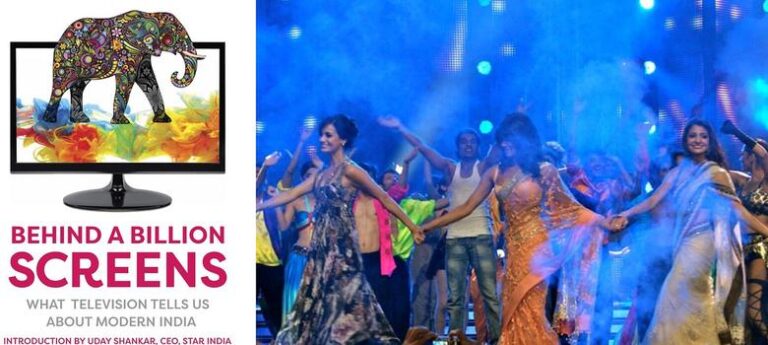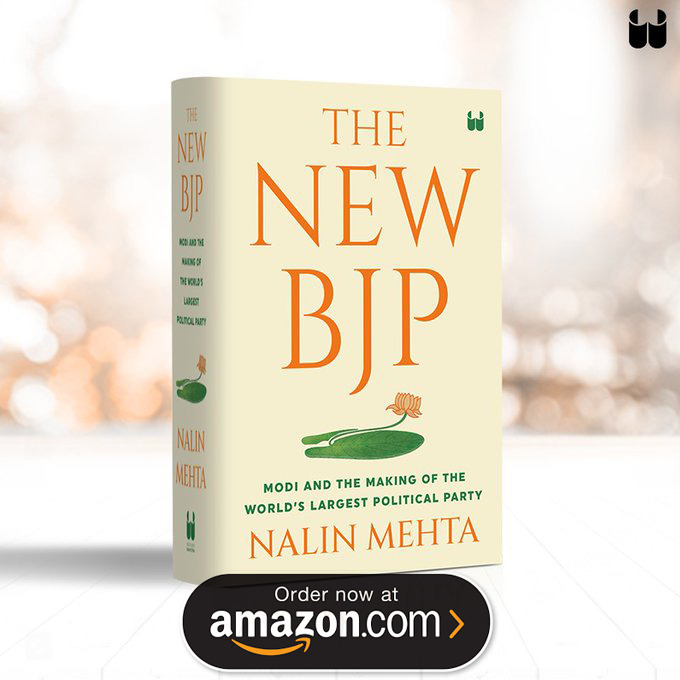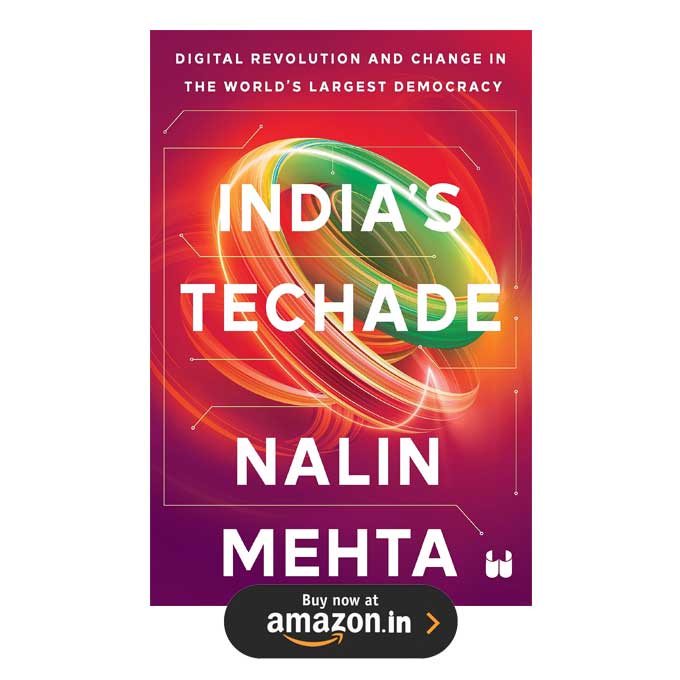The one system that professedly measures the popularity of all TV programmes in India is terribly, terribly flawed.
The much maligned and long-suffering head of India’s TV ratings agency TAM, L.V. Krishnan, has a telling story. A couple of years back he was called for a meeting with a channel and as he waited in the plush conference room, he was surprised to see a saffron sadhu walking in. It was Baba Ramdev, with a bushy long beard, wild eyes, and vaulting political ambition.
As they exchanged pleasantries, Krishnan says he kept wondering what this man in orange robes was “doing in this nice broadcasting office conference room”. Then as coffee was served, Ramdev popped his question. The yoga guru ran a show on the channel every morning from six-thirty to eight. “It’s getting good ratings,” he said, “but I am also thinking if I should rerun the programme from six-thirty to eight in the evening on the same channel. What do you think?”
“I thought you have already renounced this world, given up all the lavishness,” responded Krishnan. “Where is the question of ratings in your life?”
“No, no,” argued Ramdev, “you don’t understand.” In Krishnan’s recollection, his logic went something like this: “I know the programme is very popular, I know a lot of people are loyal watchers and switch it on in the mornings, and when I look at the data the broadcaster gives me, I know it is the most popular programme they run. Since I am getting a lot of viewers and my coffer is also filling up between six-thirty and eight in donations, I don’t see any reason not to extend the programme to other parts of the day. I should be able to get better returns on the slots I occupy.”
Aside from the irony of a self-professed sadhu getting worried about his ratings, Ramdev’s keen eye on the popularity needle of his programme is no different from the daily anxieties of any other television producer. Ratings, in more ways than one, constitute the common language that is used across sectors and territories. They are the one universal currency, the one parameter that everyone uses to see whether a show is popular or not, “much like the Like button on social media”.
The trouble is that the ratings system in India – which should work as a general weathervane – has been terribly flawed for too long, has too many questions hanging over it and almost anyone who is anyone in television will tell you that a new system is needed.
Yet, in the absence of any clear alternative, everyone keeps using it, even Baba Ramdev. Krishnan, of course, insists that people raise “problems only when their ratings are down” and that you have to be “statistically illiterate” if you think that his data are not reliable. Yet, there is little doubt that serious questions continue to cloud the ratings and in a world where programmes live and die by them, this has serious consequences for the health of Indian television and what ultimately gets shown on the screen.
Ratings are at the heart of television elsewhere too, but in the Indian case, where channels are so heavily dependent (many almost entirely) on advertising, the ratings become doubly important. If a channel is assured of subscriptions for a certain period of time, it has some leeway to experiment with programming; but if its daily existence depends almost entirely on advertisements, it will be guided by the lowest common denominator. The ratings therefore turn into an even bigger factor.
TAM measures ratings through a device called the Peoplemeter which is embedded into select television sets with the permission of the owner. The meter registers the frequency of every channel the viewer watches for more than thirty seconds and matches this with a frequency map for each channel in its own memory bank.
Between 1998 and 2003, TAM represented only 1,500 households in twenty-seven cities. The panel was expanded in 2003 to 4,800 households in seventy cities. By 2005, it was clear that TAM had failed to keep pace with the rapid expansion of television households in India and under severe pressure the company announced it would soon expand its sample to 10,300 meters.
But the actual pace of change was too slow. It took another two years, till January 2007, to get up to 6,917 meters and a lot more to get over the 8,000 mark (8,150 to be exact) which was the case till the end of 2012. By August 2014, TAM had managed to increase this to 9,600 meters, though it was still claiming that it would touch the 10,000 mark by the end of the year. Even that would be a full seven years after it first announced its intention to do so.
The first problem with this system is that the sample size is minuscule for a country as diverse as India.
It is inadequate as a barometer for a heterogeneous country with over a billion people, six major religions, twenty-two official languages – with an additional ninety-six documented ones – and hundreds of dialects.
By comparison, even the United Kingdom with a population of sixty-two million has 5,100 meters to measure TV ratings. India’s population is about twenty times larger and would need 100,000 meters to get the same sampling ratio. Similarly, the United States has over 25,000 meters for a population of 313 million.
There is no question that TAM’s sample size is inadequate. No amount of statistical wizardry can compensate for the fact that India is too diverse and the sample size too small to produce a reliable reflection of what is happening in a country of 1.2 billion and over 161 million television households.
As Shailesh Shah, the secretary general of the Indian Broadcast Foundation, points out, “80+ million Telugu speaking Indians and about 60 per cent of them watching television get compared on the same canvas as 600 million cricket viewers, one million CSI New York viewers and less than 20 million Punjabi television viewers. The media industry needs to dig deeply into understanding what is necessary to capture, measure and rate this vast linguistic diversity, geographic-cultural-social-economic-not-so-urbanized diversity notwithstanding. Simplistic, superficial answers will neither solve the problem nor satisfy ratings watchers who feel like they are at a discotheque. This is a serious problem and it requires serious thinking … TAM is not the problem. Its ineffectiveness is viewed as one.”
Source : https://scroll.in/article/724920/ramdevs-television-curse-life-and-death-by-trps-and-tam


